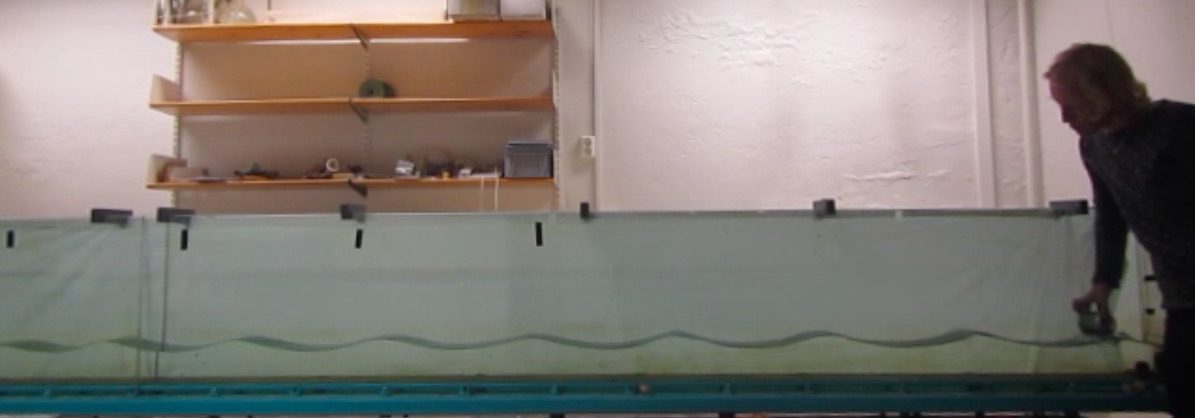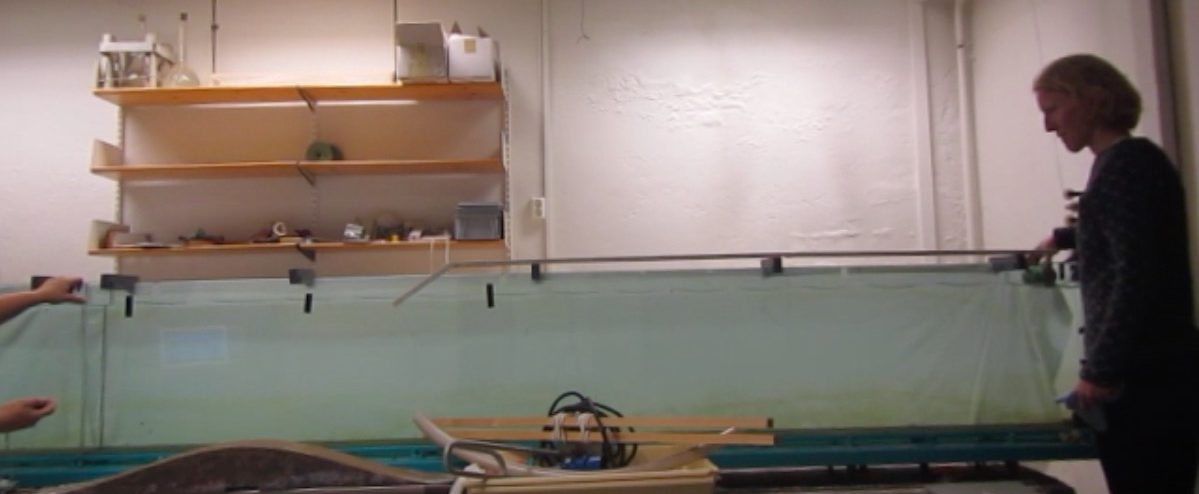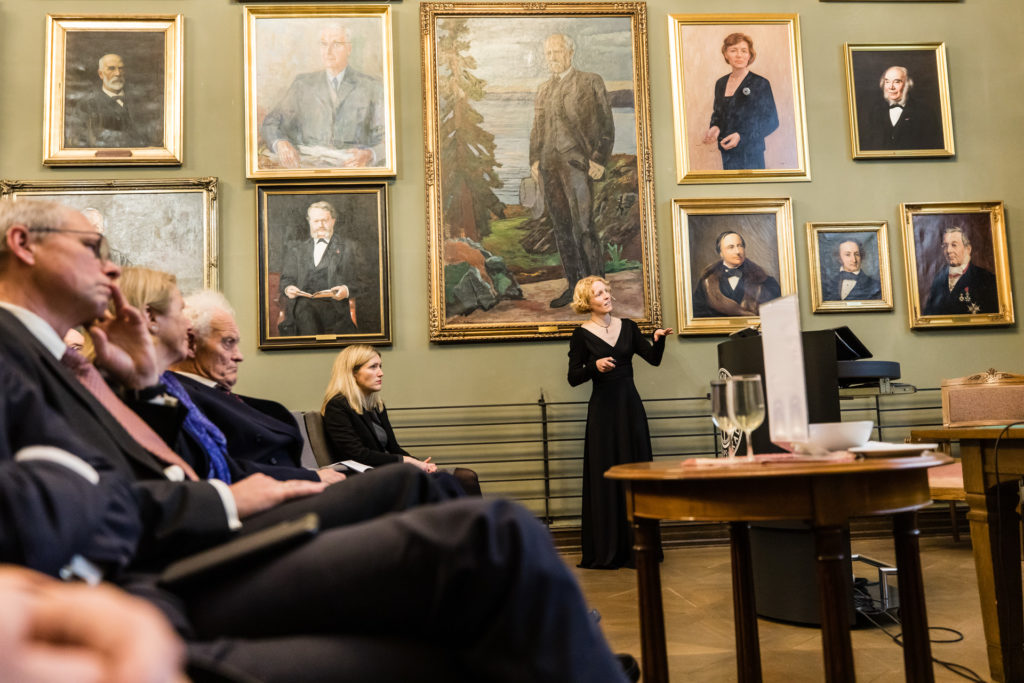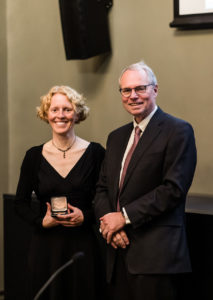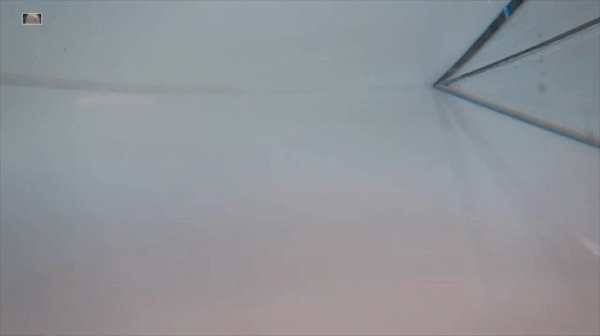When I (Mirjam) was visiting Elin at GFI last year, we set up Nansen’s “dead water” experiment in the 6m long tank in GFI’s basement to be used in GEOF213 to make things a little less theory-heavy and a little more easy to grasp. And since it’s about now that the experiment will be run again in GEOF213, I wanted to take the opportunity to remind you of how cool an experiment this is!
Out considerations for using this specific experiment in teaching are described here, including the learning outcomes we hope to achieve with the experiment. Students read original literature, determine the exact setup of the experiment, compare their theory-based predictions to actual observations. How much more fun can it get? Last year’s students even wrote a blog post about the experiment, which you can find here.
“Dead water”
In 1893, Nansen described a phenomenon he observed in the Arctic: “When caught in dead water Fram appeared to be held back, as if by some mysterious force, and she did not always answer the helm. In calm weather, with a light cargo, Fram was capable of 6 to 7 knots. When in dead water she was unable to make 1.5 knots. We made loops in our course, turned sometimes right around, tried all sorts of antics to get clear of it, but to very little purpose.” (cited in Walker, J.M.; “Farthest North, Dead Water and the Ekman Spiral,” Weather, 46:158, 1991)
The experiment we set up shows the mechanism that explains Nansen’s observation. Energy from the propulsion of the ship is used to generate internal waves at the interface between a shallow, fresh surface layer and the denser, more salty deep layer below. If the ship is moving slowly enough that the internal wave it generates has the chance to catch up with the ship, an interaction between the internal wave and ship will take place. This will slow down the ship much the same way that Nansen described.
Instructions for how to set up that experiment can be found here.

